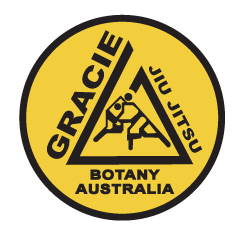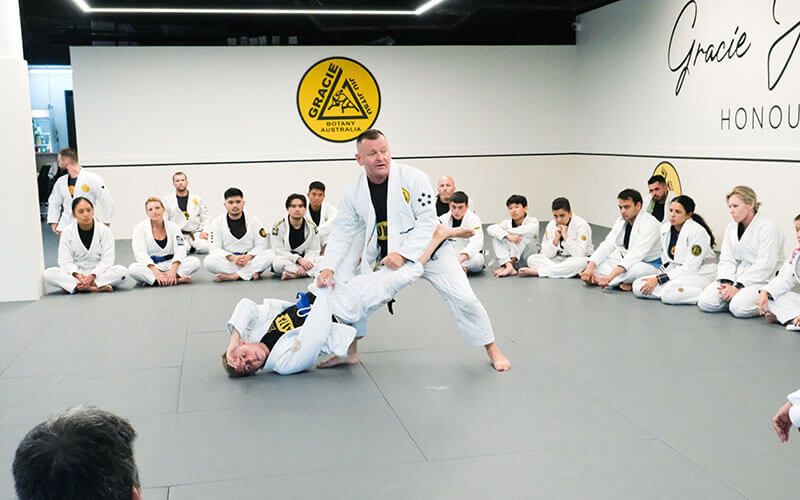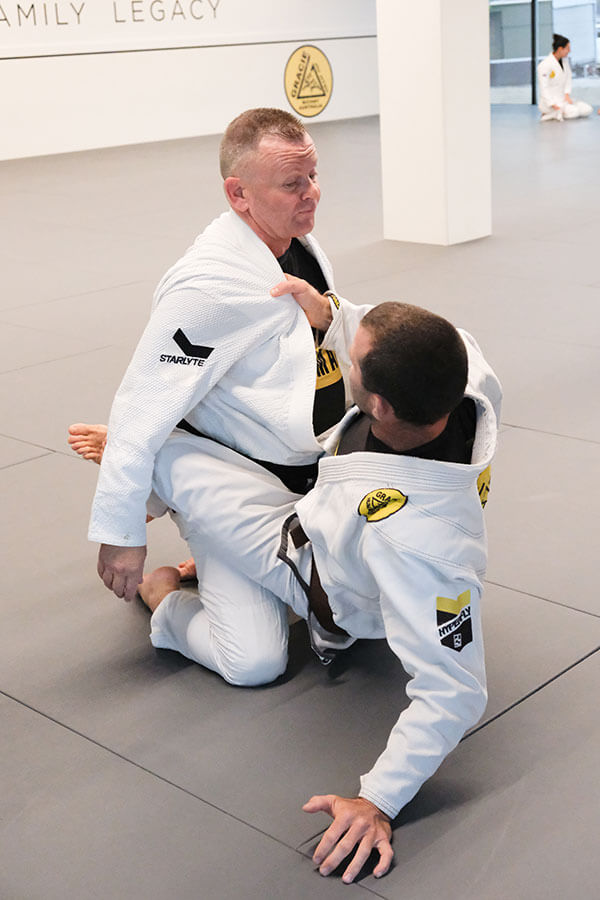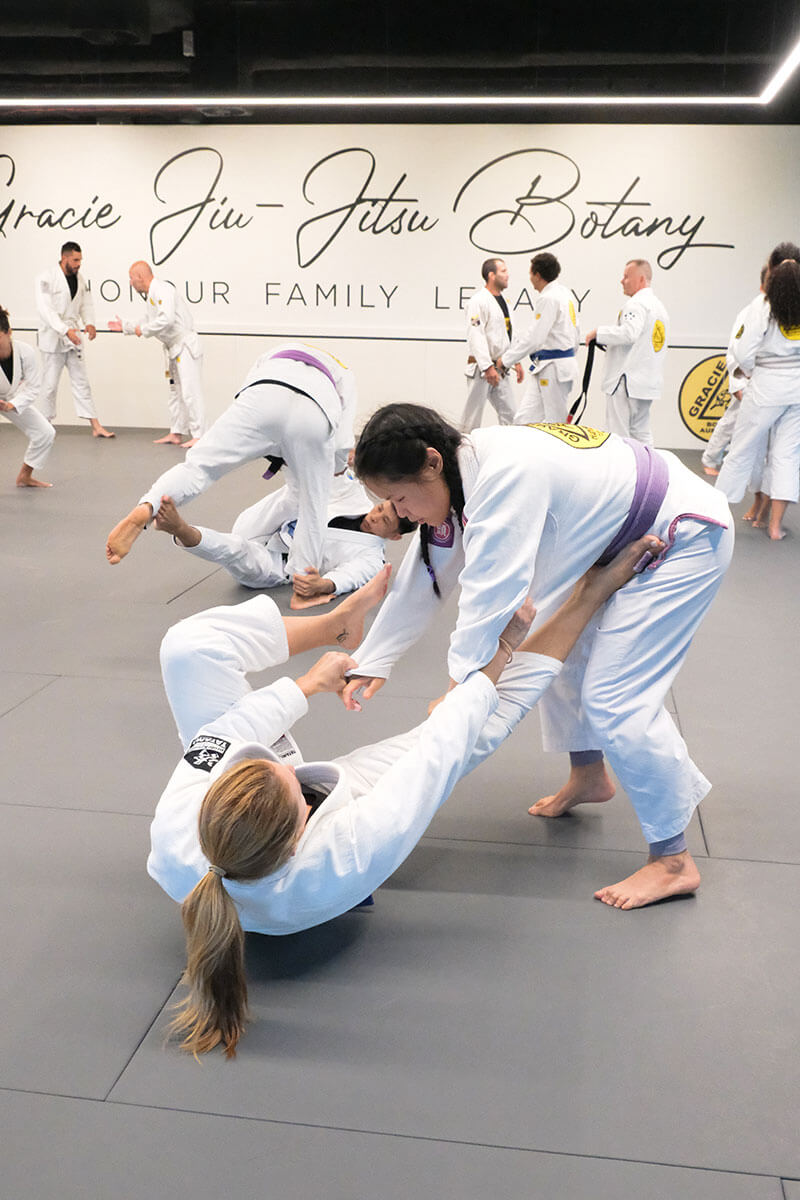Sydney’s eastern suburbs are home to a host of ways to stay active, from surfing to soccer. If you’re on this page, however, we’re assuming you have a particular interest in learning how to grapple
You’ve come to the right place! Gracie Botany is home to some of Sydney’s most illustrious trainers: Our head coach, Sav, for many years trained in Brazil, learning Brazilian Jiu-Jitsu from the source.
Grappling disciplines like BJJ are only getting more popular, but they can be confronting. Martial arts are especially intimidating for people who don’t have an athletic background. If you’re curious about BJJ but a little scared to try, don’t feel bad. That apprehension is normal.
If you do take the plunge, however, you’ll be rewarded for it. This article goes through some of the key benefits you can expect to gain from learning to grapple.
Before we go there though, a brief explanation of BJJ may be helpful. Jiu-Jitsu is a martial art that’s entirely built around grappling and wrestling. There are no strikes. There are other disciplines that also completely eschew striking, like Judo and Wrestling, but these arts focus more on stand-up grappling. BJJ takes place almost entirely on the floor.
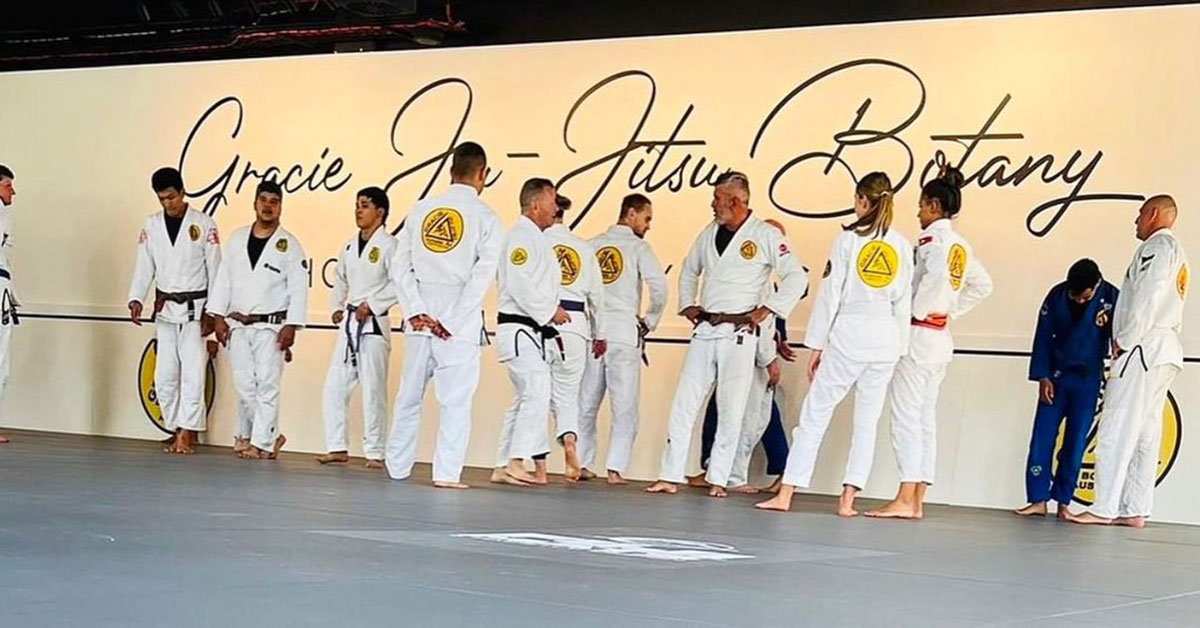
Here are some of the biggest benefits you’ll get by taking up a grappling martial art.
It’s spar heavy: Many strike-based arts, like kickboxing, confer great self-defense skills. The downside to many of these disciplines, however, are the barriers to practice. The punches and kicks you learn in many martial arts are powerful enough to debilitate your opponent, which makes sparring impractical. Usually you’ll only get to spar against an opponent after months or years of training, and even then there’ll be heavy protective wear involved.
That’s not the case with Jiu-Jitsu. No striking means a far smaller chance of copping a kick to the head. Ground-based grappling means the injury risk from takedowns is minimized. You’re able to spar at something approaching 100% intensity quite early on.
Every class at Gracie Botany features a sparring session at the end, giving you ample opportunity to test what techniques do and do not work for you.
Great workout: This is a simple one. Because you’re able to spar with such intensity, you’ll always get a tremendous workout on the mats. BJJ works your body in a way that other types of training, like running or weights, can’t match. It trains a mix of cardiovascular and muscular endurance. There’s nothing like it!
Human Chess: Succeeding in Jiu-Jitsu takes coordination and mechanical skill, there’s no doubting that. But perhaps more important is the mental aspect. BJJ is often called “human chess” because it requires you to outthink your opponent. Huge gaps in size and athleticism can be overcome if you can think a few steps ahead of your opponent.
In addition to being a fantastic physical workout, Jiu-Jitsu works your brain.
It works for all body shapes and sizes: More than any other martial art, Jiu-Jitsu is something you can design around your body. Many striking arts require a certain amount of explosivity, flexibility and agility for success. These traits all help in Jiu-Jitsu, but they’re not required.
In Jiu-Jitsu, every body type has strengths and weaknesses. Whether you’re big and heavy, small and thin or anything in between, there are assets and liabilities to your body shape. A big part of learning to grapple is learning how to emphasize the strengths and minimize the weaknesses.
Whether you’re big and heavy, small and thin or anything in between, there are ways you can use your shape as an asset.
Competition opportunity: Grappling arts like Jiu-Jitsu allow you to constantly test yourself on the mats. If that’s something you find you enjoy, you can explore your competitive side through BJJ tournaments. There are about a dozen of these each year in New South Wales, many held not far from the eastern suburbs. These tournaments are challenging, but are terrific ways to help you grow as both a grappler and a person. Being able to perform in high-pressure situations is a valuable skill on and off the mats!
Humility: There’s no getting around it: BJJ is hard! There’s no way to get good at Jiu-Jitsu without trial and error. Failure is unavoidable. Everyone who gets to blue belt level has probably been tapped out hundreds of times. Anyone who gets to black belt has probably submitted over a thousand times. You’ll learn, though, that there are lessons in failure.
Applying these lessons is the way you slowly become an expert. Practicing Jiu-Jitsu doesn’t just make you physically stronger, it makes you mentally stronger too.
If you’re in the eastern suburbs and are interested in grappling or wrestling, come into Gracie Botany for a free trial.
